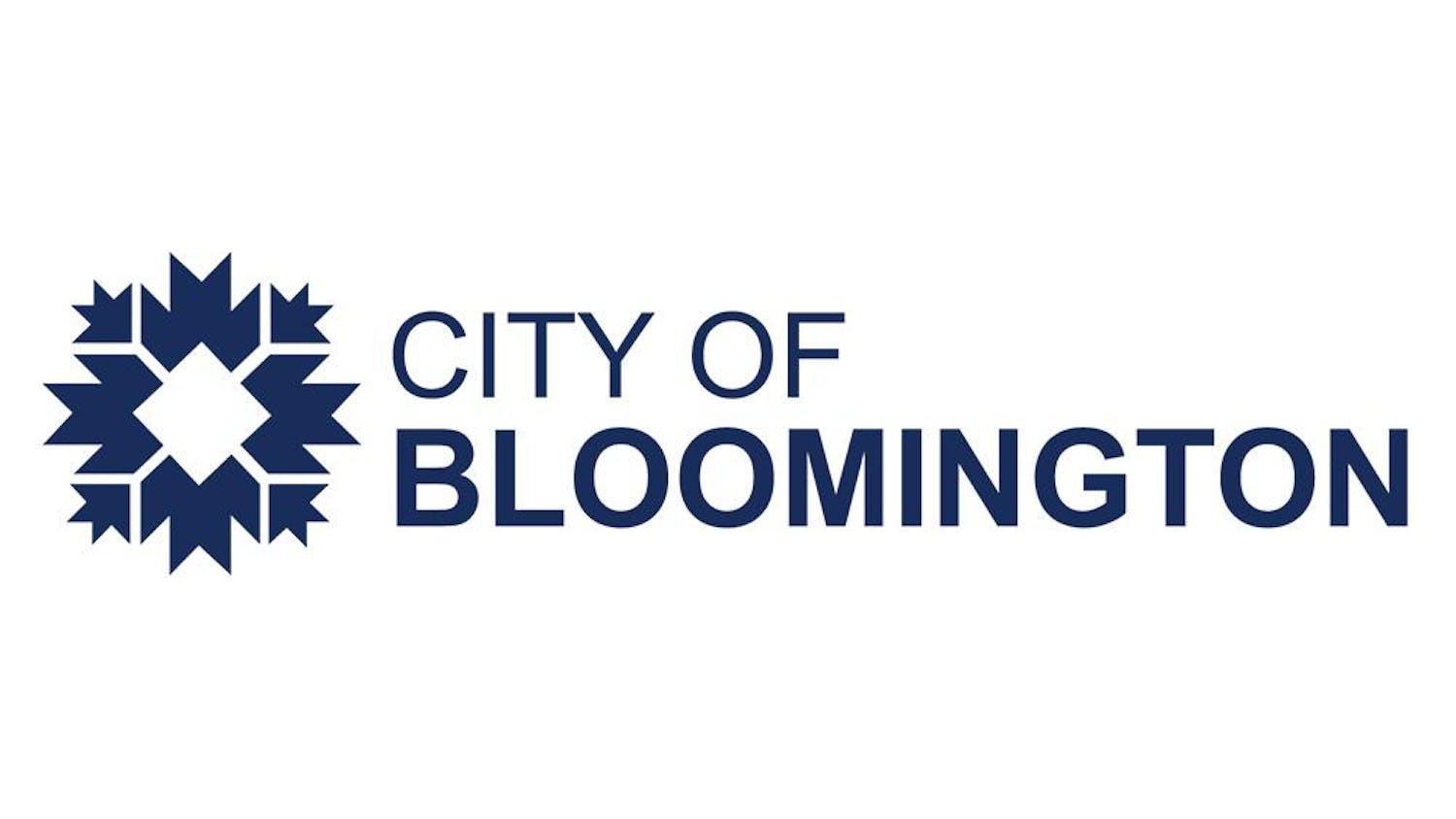With a proposal making its way through the Indiana Senate, budgeting at IU may very well get even tighter, renewing discussions of how IU's budgeting system works.\nSince 1989, IU has been under a budgeting system called Responsibility Centered Management. Basically, RCM makes the budgets of all the different schools of IU separate, but it's not that simple.\nThere are three major sources of income for IU's schools, said Neil Theobald, vice chancellor for budget and administration. The first source is tuition. Under RCM, each student's tuition is divided and given to the schools that employ the faculty members who taught each of their classes. Grants also go directly to the department's budget to which they were given. Some schools, like the School of Music, would not have a fair share of funding were these their only two sources.\n"You can't have a lecture hall full of tuba players," Theobald said. "You can't teach tuba that way the way you can teach history. So, the tuition piece for music is going to be less than the history department."\nThus the third source of funding, state appropriations, makes up for this discrepancy. A bigger portion is given to the School of Music than to the schools that can teach more students in big lectures. As they may this year, state appropriations change according to what the Senate decides. These changes are then split evenly among the schools, Theobald said.\n"Every year when we get an increase or a decrease in state appropriations, we simply send that out to the schools in a flat amount," he said.\nAfter money is split among the schools, taxes are then taken by the University for expenses such as the physical plant operations, the library and financial aid. These taxes for the schools are based on their enrollment, the number of faculty members they employ and the square footage of their buildings. Members of some schools, such as the Kelly School of Business, are not always fond of the taxing system, Theobald said.\n"There's no doubt assessments have shifted from some of the less wealthy, less enrolling schools toward the business school," he said.\nIU has done three reviews of the system in 1996, 2000 and 2004 to determine its merits. All three times the reviews concluded the system should remain at IU. RCM is mainly a diversion from the main issues facing IU's budget, David Zaret, executive associate dean for the College of Arts and Sciences, said.\n"It's important to periodically talk about RCM. Can it be made better? Should we tinker with it?" Zaret said. "But there is always the very real danger that that discussion tends to divert attention away from the real issues."\nAdministrative decisions, state support, constraints put on tuition and a lack of planning are all topics that should be discussed, he said.\nThe impact of RCM is that it decentralizes power away from the chancellor's office to the deans of each school, Theobald said.\n"A dean at Indiana University has more authority and influence than a dean at any other public university in America," he said.\nRCM makes the University run more efficiently, which has saved money and allowed IU to avoid making layoffs that may have been necessary under the old system, Theobald said.\n"It has allowed us to weather what has been a very difficult financial time," he said.\nAnother benefit of RCM is it often allows students to get into the classes they need to graduate, Zaret said,\n"One of the reasons for creating RCM back in the late 1980s was that there were severe problems with not enough seats in classrooms, and this hindered students' progress toward degrees," he said. "RCM was instituted, and in the 1990s the problem went away."\nCritics of RCM say that this benefit comes at the expense of personal student interaction with faculty. Indeed, IU's student-to-faculty ratio is 18 to 1, as compared with Purdues's student-to-faculty ratio of 14 to 1, according to the Princeton Review. Purdue uses a very centralized budgeting system, Theobald said. But Zaret said he doesn't believe students are taking more large classes than they were when he started teaching 27 years ago.\n"My sense is you have the same distribution of small, medium and large classes," he said.\nAnother criticism of RCM is that it takes a very business-like approach to running a university, Timothy Niggle, director of student and information management services for the School of Education said.\n"It's a very business-oriented approach, which a lot of people didn't like because Indiana University has traditionally been a very homey institution. When they went to this business model, it really irritated some people," he said.\nMost private universities use a model of budgeting similar to RCM, while there is a large range of budgeting systems used at Big Ten schools. Michigan, Minnesota and Ohio State have budgeting systems similar to IU's, while Purdue, Penn State and Iowa use more centralized systems, Theobald said. IU has decided to take the money out of a central source and divide it among the school, he said.\n"It put decision-making into the hands of the people who are closest to the action," Theobald said.\n-- Contact Staff Writer David Charles at dacharle@indiana.edu.
IU's budget system still proven 15 years after inception
Business-oriented approach runs University finances
Get stories like this in your inbox
Subscribe





